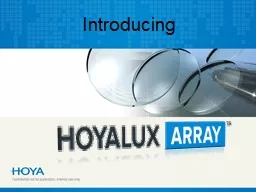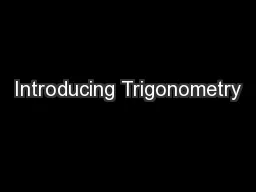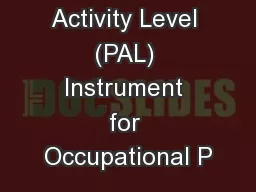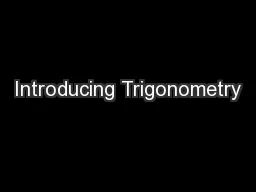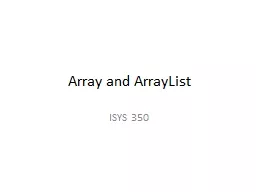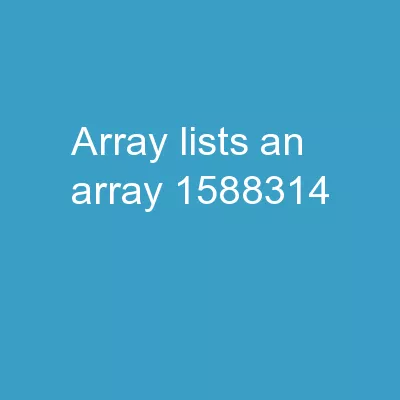PPT-Introducing Array… is a PAL design
Author : askindma | Published Date : 2020-08-27
HOYA Transmittance Control 3D Design Software Models how human eyes truly see with each prescription Compensates for wearing position Modifies design
Presentation Embed Code
Download Presentation
Download Presentation The PPT/PDF document "Introducing Array… is a PAL design" is the property of its rightful owner. Permission is granted to download and print the materials on this website for personal, non-commercial use only, and to display it on your personal computer provided you do not modify the materials and that you retain all copyright notices contained in the materials. By downloading content from our website, you accept the terms of this agreement.
Introducing Array… is a PAL design: Transcript
Download Rules Of Document
"Introducing Array… is a PAL design"The content belongs to its owner. You may download and print it for personal use, without modification, and keep all copyright notices. By downloading, you agree to these terms.
Related Documents

